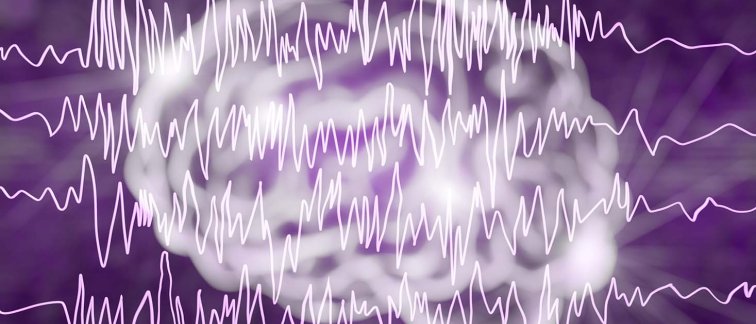After previous collaborations between VU neuroscientists and UCB, both teams now came to an agreement to develop treatment strategies for genetic epilepsy syndromes in the coming two years.
Epileptic seizures are important symptoms of several major brain disorders, including intellectual disability, learning disorders, autism spectrum disorder and behavioral abnormalities. The nerve cells in our brain are connected via millions of contact points called synapses. Synaptic dysfunction is a central aspect of these diseases leading to disturbed brain activity (excitation/inhibition balance) and dysfunction of neuronal networks. Current treatments are limited to symptomatic medications that provide limited relief and cause unpredictable and adverse side effects.
At Functional Genomics (FGA), a department of the Center for Neurogenomics and Cognitive Research (CNCR) at VU Amsterdam, researchers have worked on genetic epilepsies caused by mutations in genes that organize the secretion of chemical signals in the brain (SNAREopathies) for more than 20 years. Professor Matthijs Verhage created the first SNAREopathy model in the late 1990s.
Together with Ruud Toonen and others, several new mouse models were created before moving to Amsterdam. At VU Amsterdam and Amsterdam UMC, location VUmc, the research was further expanded, also incorporating studies on patient cohorts and human cell models and initiating interactions with pharma companies to seek better treatments for genetic epilepsy syndromes and other SNAREopathies.

